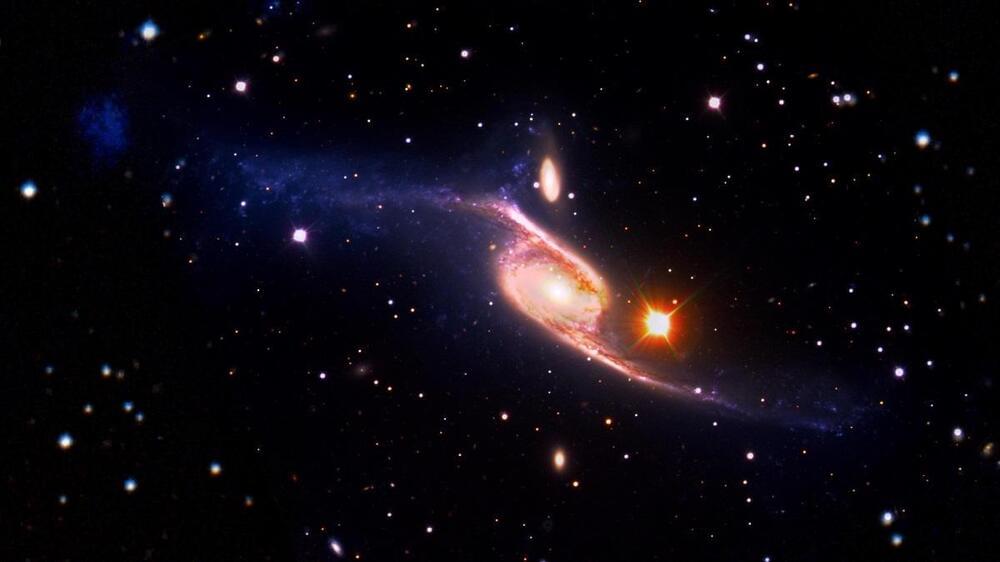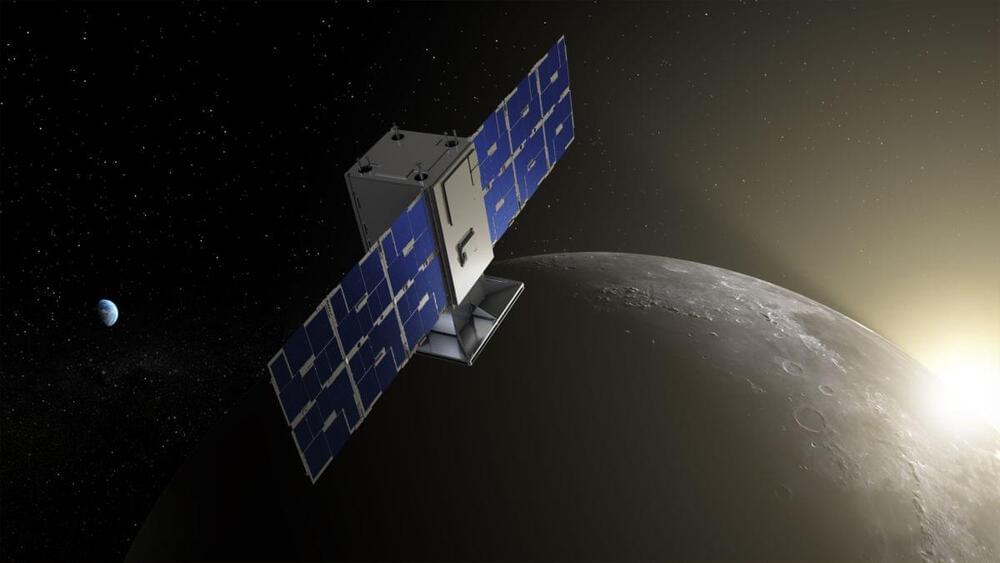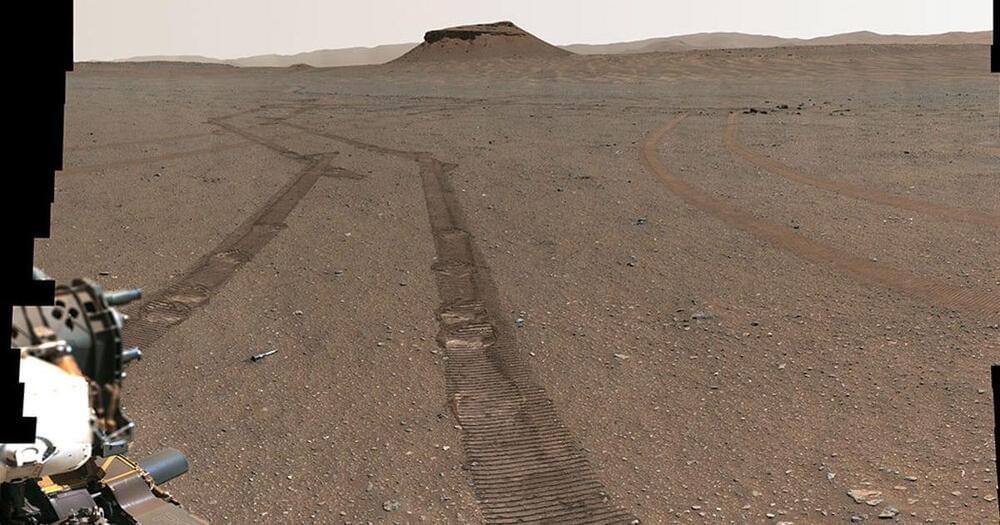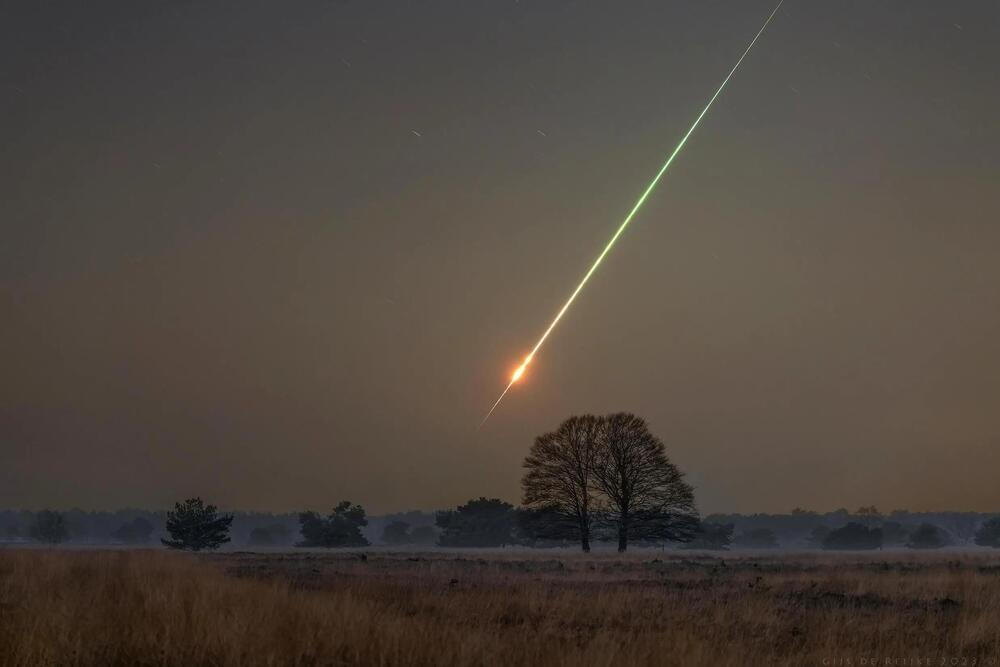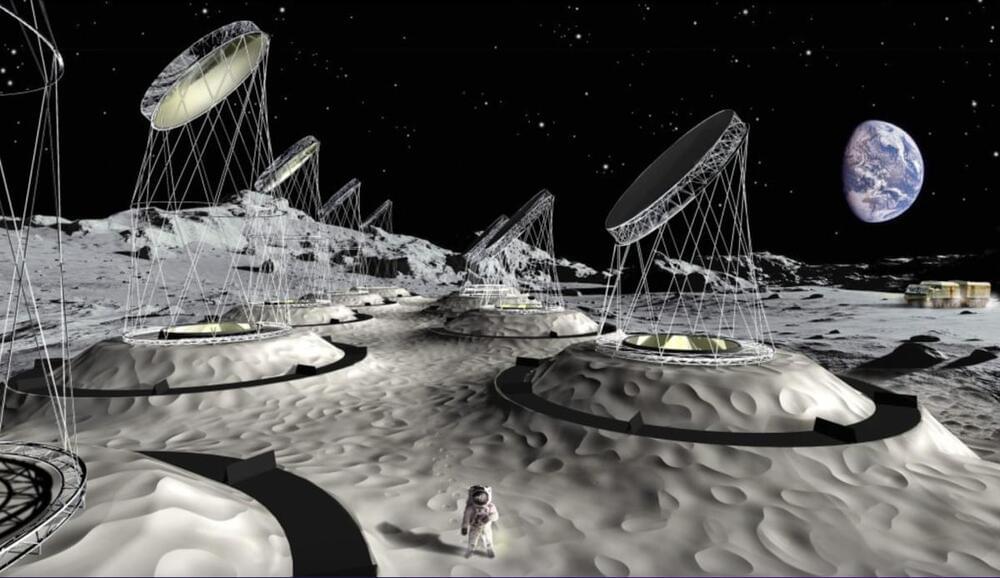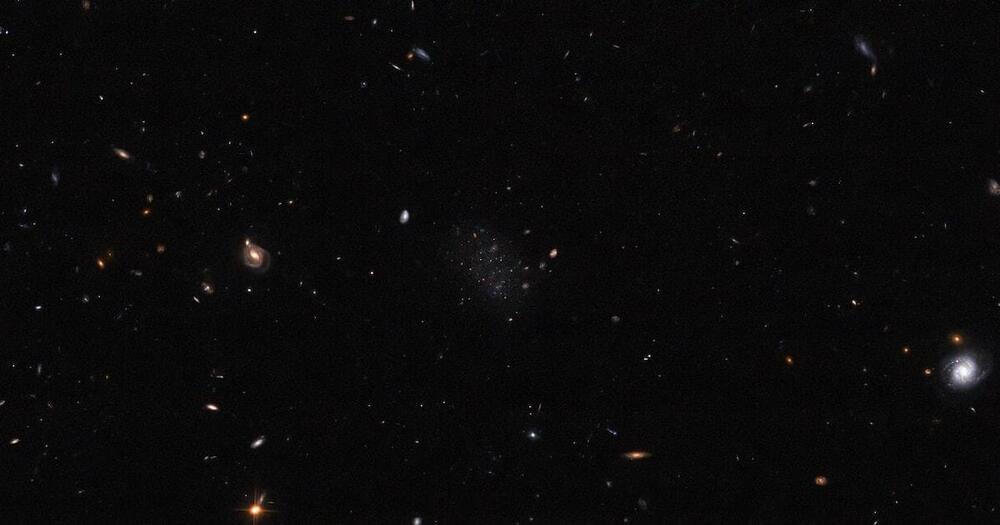
The number of active fires recorded in the Brazilian Amazon in August-September 2022 was the highest since 2010, according to an article published in the journal Nature Ecology & Evolution. Besides the record number of fires (74,398), the researchers found they were due not to extreme drought, as in 2010, but to recent deforestation by humans.
“The idea of publishing our findings came up when we analyzed data provided free of charge by the Queimadas program,” said Guilherme Mataveli, first author of the article. ‘Queimadas’ in Portuguese means burnings, and he was referring to the forest fire monitoring service run by the National Space Research Institute (INPE). Mataveli is currently a postdoctoral researcher in INPE’s Earth Observation and Geoinformatics Division.
The number of fires typically rises every year in August and September, when the weather favors fire in about half of the Amazon. “But the surge in the number of fires in 2010 was due to an extreme drought event that occurred in a large part of the region, whereas nothing similar occurred in 2022, so other factors must have been to blame,” Mataveli said.
